Our Palladium Chamber Players return to Hough Hall on Wednesday, Jan. 8, this time with original members Jeewon Park and Ed Arron, appearing alongside artistic director Jeffrey Multer, in a concert featuring the works for Beethoven, Ravel and Dvorak.
For tickets and information about the 7:30 p.m. concert on Wednesday, Jan. 8, you can follow this link.
To get you prepped for this amazing night of music, I hope you’ll check out Kurt Loft’s program notes. They are published in our program, but in case that isn’t handy, I’m presenting them below.
See you at the concert! And join us afterwards for coffee and desserts, provided by our media supporter for the chamber series, WEDU-TV.
WEDNESDAY, JAN 8
PALLADIUM CHAMBER PLAYERS PREVIEW
By KURT LOFT
Ludwig van Beethoven (1770-1827)
Cello Sonata in F Major, Op. 5, No. 1 (1796)
The celebration of Beethoven continues with an early work you may never have heard performed, a duo written by a youthful composer trying to find his own voice. The Cello Sonata in F Major is the first of five, and while they don’t match the weight of Beethoven’s other “sets’’ – 32 piano sonatas, 16 string quartets, 10 violin sonatas – they offer a window into the early, middle and later periods of his creative life.
 What makes these works unique is they are without historic precedent. Pairings by other composers gave one instrument prominence over the other; but with these five works, Beethoven treats both as equals, essentially creating the modern sonata for cello and piano.
What makes these works unique is they are without historic precedent. Pairings by other composers gave one instrument prominence over the other; but with these five works, Beethoven treats both as equals, essentially creating the modern sonata for cello and piano.
The F Major Sonata opens with a short adagio, an introduction rather than a movement, which sets the tone by feeling its way into the grand, 15-minute allegro that follows. Brilliant runs on the keyboard frame the cello’s rich and sonorous lines, the two embracing the contrasts and textures of what sounds like a small concerto by Mozart. The sonata concludes with a brief rondo, a playful rumination that quickly turns into a vivacious showpiece of arpeggios, leaps, double stops and ingenious harmonic twists.
Maurice Ravel (1875-1937)
Sonata for Violin and Cello (1920-1922)
Ravel was a musical conservative, opting for traditional form and structure when others were genuflecting over Wagner or rioting in the streets over Stravinsky. It was the latter, in fact, who referred to Ravel as “a Swiss clockmaker,” a backhanded compliment on the Frenchman’s attention to detail and technical brilliance. His Pavane for a Dead Princess, Daphnis et Chloe, Concerto for the Left Hand, String Quartet, La Valse and Bolero are exquisitely crafted staples of the concert hall that never seem to grow old.
Then there’s the case of the Sonata for Violin and Cello, written 100 years ago and a far cry from the opulent sound we expect from Ravel. “It’s acerbic and cerebral,’’ says Jeff Multer, first violinist with the Palladium Chamber Players. “It’s experimental and dissonant, and a real departure for Ravel. It serves as a palate cleanser between the Beethoven and the Dvorak.’’
 Ravel cast the work in four short movements, and said it “marks a turning point in the evolution of my career.’’ He described its technical challenges, thin textures and lack of harmonic charms as part of the direction music was going after the First World War, and at first blush sounds more like Arnold Schoenberg than Ravel.
Ravel cast the work in four short movements, and said it “marks a turning point in the evolution of my career.’’ He described its technical challenges, thin textures and lack of harmonic charms as part of the direction music was going after the First World War, and at first blush sounds more like Arnold Schoenberg than Ravel.
The opening allegro evolves in sonata form – intro, development and recap – and snippets of melody by both instruments make their way into the following sections, adding a sense of unity to the whole. The duo introduces the next movement in pizzicato followed by a flurry of trills and biting harmonics. An expansive third movement, laid back and contemplative, ushers in a spirited finale that closes on a simple C major chord.
Antonín Dvořák (1841-1904)
Piano Trio No. 4 in E Minor, Op. 90, Dumky (1890-1891)
Today, a music season rarely passes without hearing Dvořák’s the New World Symphony, Cello Concerto, or the American String Quartet. Audiences enjoy the earthy, engaging quality of his music, with its muscular rhythms and energy. Like Tchaikovsky, he could spin a tune and suspend our belief, forcing us to guess where it might go.
Dvořák made good use of Slavonic folk tunes and dances in his music, not quoting them directly as much as planting their seeds and letting them grow into his style. One such tune was the dumka, which he used in a string quartet, a piano quintet, and the work you will hear tonight – the Piano Trio in E Minor.
Each of the six movements employ a dumka (the plural being dumky), the first first opens with an ardent theme that quickly cascades into one of chamber music’s most memorable tunes. The five movements that follow carry their own melodic perfume and tempo but are similar enough to align the entire structure. Each section celebrates the spirit and variety of the dumka, from sad to happy to introspective, and none over-extend their stay. The Trio was such a hit after its premiere that the performers took in on a 40-city concert tour.

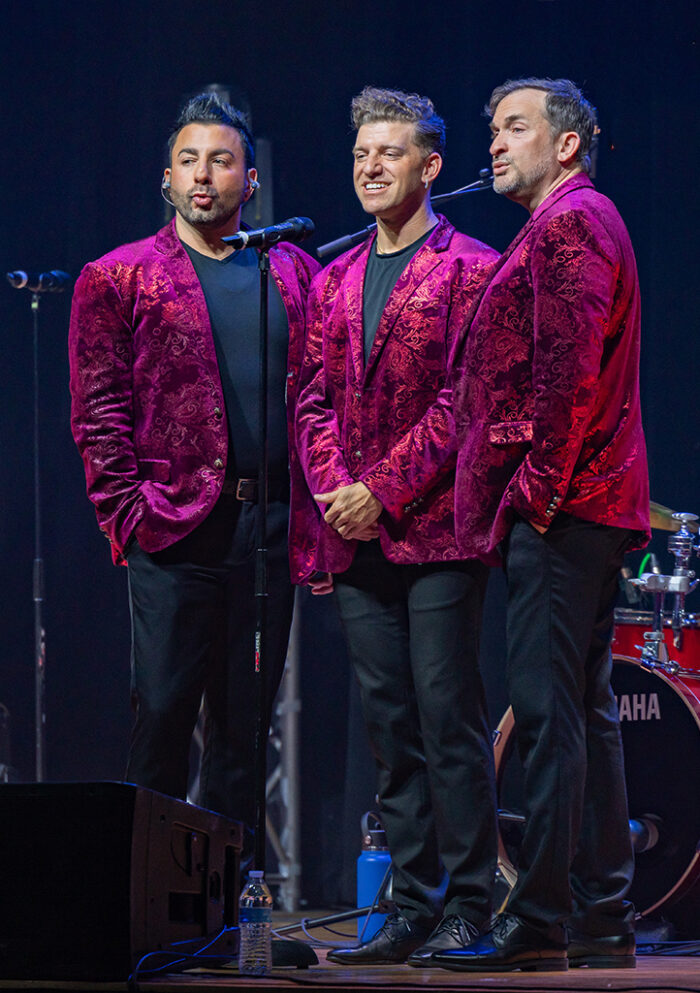
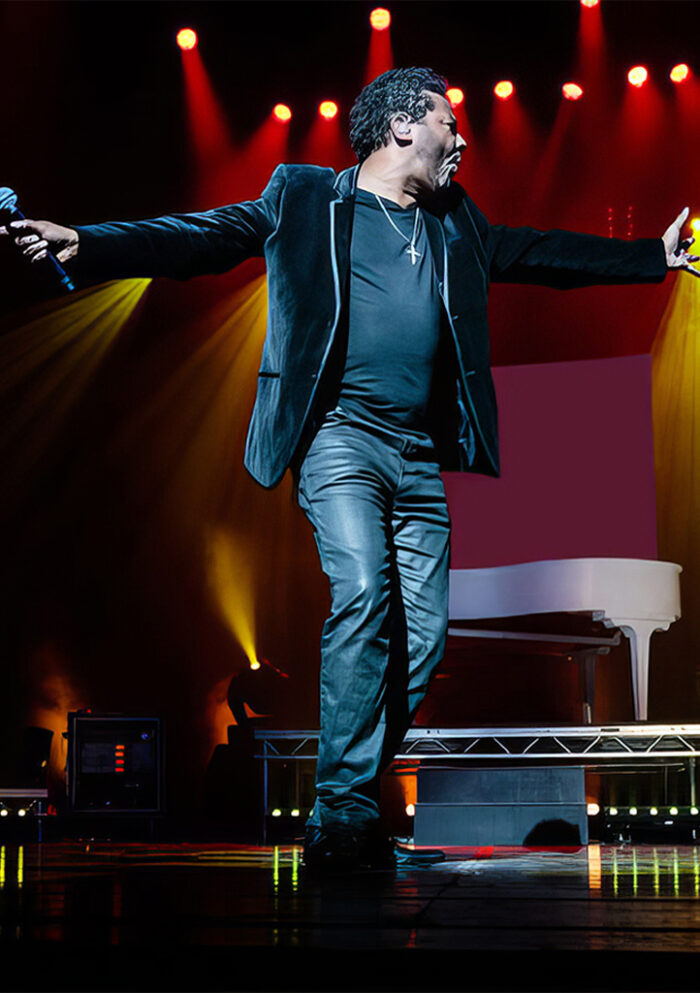

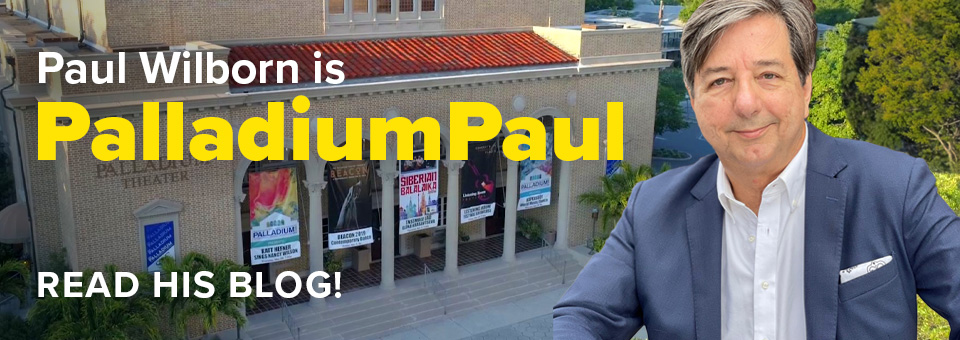
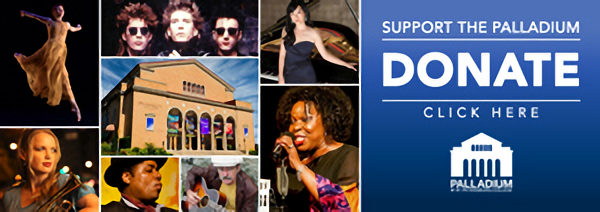

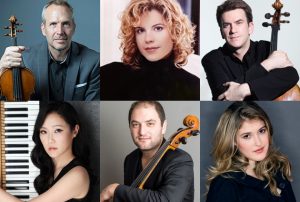
Leave a Reply